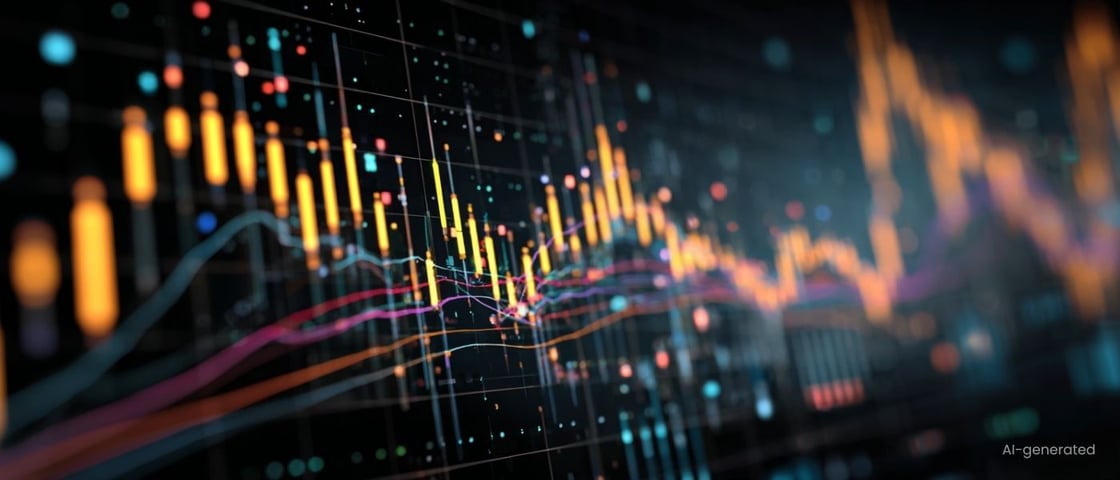The perks of automated power trading
Success in energy trading is determined by the skill to make the right decisions at the right time, capturing the right opportunities. Unlike a decade ago, today’s power industry relies on machines to leverage vast amounts of data and make trading decisions in the blink of an eye. However, human traders aren't entirely out of the picture yet, as they monitor and optimize the performance of automated trading systems.
The evolution of automated trading
Automated trading describes a tool that uses software to minimize human intervention and optimize tasks during the trading process. It automatically places bids/offers and executes trades, usually via APIs (Application Programming Interfaces), on exchanges or other trading venues. Algorithmic trading, also known as algo trading, is a type of trading automation that utilizes a combination of quantitative models for algorithmic decision-making.
Stage #1: Order routing
The first applications of exchange APIs were fairly simple. A trader used a price model to create a matrix indicating when to place orders and at what price. Then the order was sent to an exchange either directly or through a broker. The problem with routing orders through a trading desk is that the delays in order execution put the trader at a disadvantage. This type of information flow doesn't allow for market interaction and is therefore not responsive to short-term changes.
Stage #2: Rule-based trading
Rule-based trading defines fundamental and technical parameters for opening and closing positions, as well as calculating position size. The market provides input parameters for previously set rules, based on presumptions and preset scenarios whose quality determines the rate of identified trading opportunities. Trading rules help traders increase performance and prevent overtrading. These rules must be designed in a way that makes them easy to understand and amend if the achieved positions and net results are unsatisfactory.
Stage #3: Order generators
An external system, like an asset optimization tool, calculates market data to define orders and sends them back to the trading system. This enables commercial optimization and participation in the power markets.
Stage #4: Code-based algorithms
Code-based algos process market movements in real-time. This includes order book data, like bid/ask prices and volumes, and allows the algorithm to react to market changes and behaviors of other market participants. Such algos have to be carefully designed so that they are unexploitable and don't exhibit unintended behavior when encountering other algorithms (bot fights).
Stage #5: Integrated asset optimization
Code-based algos can be improved with integrated optimization that incorporates an even bigger set of real-time inputs. This links the physical asset and its unique features and restrictions to the market in (close to) real time. As algos will have to deal with new or unknown scenarios on their own, they require a stable structure and control framework.
Stage #6: Augmented trading
The previous stages demonstrate how much trading technology has evolved in relatively little time. The next step involves AI-based algorithms for augmented trading, which uses fixed rules and scans huge volumes of market data to conduct experiments in simulated environments.
Do you want to leverage AI to maximize the profitability of your power assets?



.png?width=1120&name=MicrosoftTeams-image%20(26).png)
